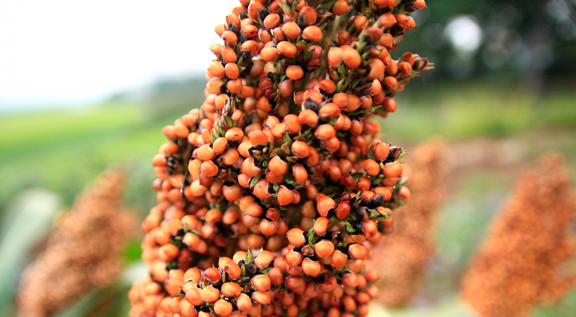
Image: Pixabay
“Sorghum is Australia’s third largest grain crop and provides vital animal feed, but is increasingly used in cereals and other foods for human consumption,” he said. “Sorghum has been an important dietary source of starch in Africa for thousands of years, but is increasingly valued in Western diets as a nutritious, gluten-free, low-GI grain.”
Sorghum is popular with Australian growers, particularly in Queensland and New South Wales, and the research will help growers expand the crop's potential. The project began six years ago, with the participation of UQ and the Queensland Department of Agriculture and Fisheries.
{module Form RD}
QAAFI research associate Dr. Yongfu Tao initially mapped the sorghum genome to help identify which genes were associated with grain size, narrowing the search with existing genetic information for rice and corn. “New variants capable of doubling the weight of grains have been identified,” said Dr. Tao.
Tao said 125 regions in the sorghum genome have now been identified where DNA sequence variation has been linked to grain size and response to environmental conditions. Analyzes included wild relatives of domesticated sorghum and native Australian sorghum. “We showed that there is genetic diversity in the sorghum gene pool for grain size,” he said.
By: Leonardo Gottems | agrolink












